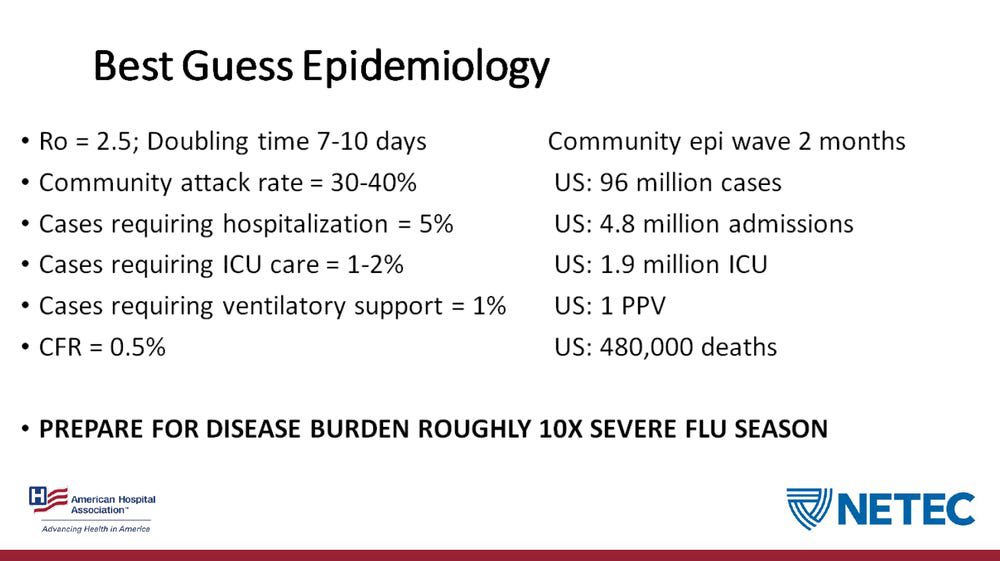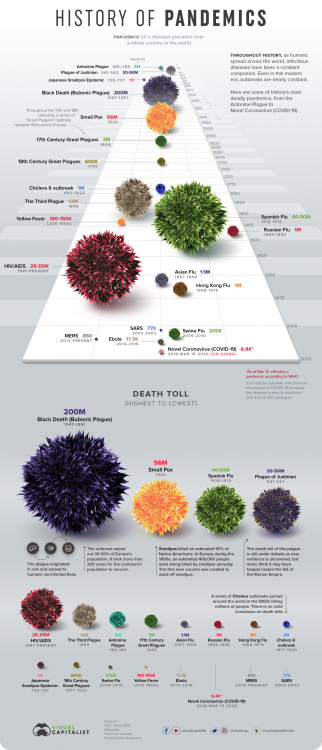-
Posts
1,423 -
Joined
-
Last visited
Content Type
Profiles
Forums
Articles
Everything posted by John Matthews
-
More interesting remarks by Peter Forsgård.
-
Interesting points were made by Robin Wong.
-
MFT will continue to produce fantastic images and videos for many years to come (indefinitely?). With such a rich ecosystem, it's hard to believe that it'll ever be "dead". I suppose Olympus selling its imaging business is way better than them just closing it. Maybe, there's hope. I currently have a lot of Olympus gear and I'm quite happy with it. I got away from full-frame stuff due to it being too big, heavy, and expensive for the results it got me. Not much better than MFT (for the money).
-
So your point is that I'm irresponsibly posting and sharing fear (based on a doctor's opinion) and you want to expose the fraud of who I am. Good for you. Now I understand why you have 131 posts, yet only 4 likes. Let's leave it at that. I'm done with you (but I'm sure you'll want the last word).
-
What is your point? What do you have to add to this conversation, please?
-
You didn't read what I said. If COVID-19 caused 1 death and I said it might cause "less than 1 million," I'd be right. Only time will tell what happens. Do you agree with me or not? And do you have better info than extrapolating math? If you do, speak up! I'd love to know. Post it! Please!
-
China handled it very poorly in the beginning and stepped up their game in the lock-down phase. Also they built "hospitals" in two days. The US and Europe are doing better? I seriously doubt it. Again, my source was this: Do you have better information than the American Hospital Association? I would love to see it! Again, I said "less than 1 million".
-
If you read what I wrote, it was "less than 1 million". I don't have a TV and I don't watch the boob tube as my grandpa used to say... it makes you dumb! It might be closer to a million than you think though. It's just too soon to really know. It all depends on how over-saturated hospitals get and how governments can handle it. Obviously, China and Singapore handled it well... no telling what other governments are capable of.
-
https://en.wikipedia.org/wiki/Black_Death "200 million" is an estimation over multiple waves... not all at once. That would be similar to AIDS that stretched multiple generations. Still, I think the graph helps a person visualise what's going on. When COVID-19 is all said and done, it'll only be a blip on this info-gram- probably less than 1 million deaths, but it's still too early to tell.
-
-
And with all that, cases are still coming. No flattening of jack poo in Italy! It's still all exponential.
-
News from Eastern France: now you need a letter of intention to go anywhere. For those of you who believe that your current government should get a "pass" on COVID-19 and their handling of it, let me remind you that many governments in the world are able to spy on their citizens with ease, pass surveillance and copyright laws in the name of terrorism and child porn, start wars with unfriendly governments, manipulate elections in other countries, create coups, implement new governments, let homeless people starve on the streets, etc.... but they can't protect us from COVID-19. Are you sure they need a "pass" on how they handled this?
-
I live in Eastern France. The hospital covering our area of 225,000 people has 14 ventilators. About 79,000 people will be infected over the next few weeks. About 800 will need the 14 ventilators. It's just math at this point. Old people are in the "sink or swim" situation. The younger ones will get them... The end. I imagine it'll be the same situation all over the USA. Just do the math. Don't tell me the Americans have such a better health system- they don't because I know both of them. The US system is only better when money is no object. As people go into gradual lockdown over the next weeks, I encourage them to seriously think about how their leadership handled the situation and how they could have led better. Vote appropriately. This is potentially one of the biggest events of this new decade.
-
I can't help noticing people talking about the financial impact from all of this. Yes, it sucks, but there are financial lessons to be learnt about how to run your business. 1) Credit for new gear shouldn't be the norm. 2) A healthy 3-6 months of expenses would certainly help you weather the storm. 3) If you take on employees, you've also got to think about them. 4) Diversify. Arguably not helpful in a pandemic, but good advice when business turns south. Any other ideas? Remember the world continues to turn with or without money.
-
I think you'd be much better off focussing your energy to improve your immunity by consuming some things and not others and staying away from people.
-

Full frame rival sales figures = grim reading for everyone vs Sony
John Matthews replied to Andrew Reid's topic in Cameras
Those numbers are misleading. Mirrorless is definitely eating up the low-end, but the pro market (stills, wildlife, sports) is shooting DSLR and will continue until Canikon have pro-grade mirrorless bodies available. Canikon's current offerings lack so much that the pro-market require (and will continue to require). I don't see doom for the pro DSLR market quite yet. This will only happen when manufacturers produce an adapter that will correctly operate a DSLR lens and manufacturers have pro-level bodies... dual card slots, vertical grips, better AF. Why would a pro sell all their lenses and bodies for mirrorless when mirrorless really doesn't offer anything more than the lack of a mirror? Maybe, in the segment of of pro-DSLR, a hybrid system will spell the end of mirrorless at the high-end pro-grade cameras... it could happen. Personally, I really miss the ability to look through a viewfinder when the camera is turned off. I liked that... maybe I'm weird though. -

Full frame rival sales figures = grim reading for everyone vs Sony
John Matthews replied to Andrew Reid's topic in Cameras
Canon and Nikon still have the foothold in DSLR, but I expect at least one of them (probably Nikon) to release a hybrid pro DSLR, with a EVF on the mirror and that can do proper video. Canikon are simply deer looking into the headlights of a very, very fast car. They need a hybrid pro DSLR now; they'll keep their bread and butter if they do. If not, Sony will eat their lunch and Nikon will be the first to go down (which would be very sad). I'm not getting that sense of urgency from them though. Sony's success demonstrates once again that specs, marketing tactics, and manufacturing control trump handling, color science, and quality. BTW, I have a Sony now because I wanted to use more vintage glass on the proper format because the newer lenses aren't making me happy. Anyway, those are my thoughts if anyone cares. -
Judging only by some reviews and sample shots of the S1, I suspect the way to go will be to use good vintage glass, not so much native glass for video work. It'll cut down on the size of the package and have the added benefits of nice glass with good manual focus and IBIS.
-
Here's a 50mm f1.2 with 7 elements (385 grams) from Pentax made in 1975. Full-metal and glass design with an aperture ring, but manual focus. Almost 50 years after, we can't make an autofocus version of this lens that's lighter? Someone please tell me why that is. https://www.pentaxforums.com/lensreviews/SMC-Pentax-K-50mm-F1.2-Lens.html
-

Sony Semicon develops 100MP FF sensor with 6K video
John Matthews replied to androidlad's topic in Cameras
Great. Sounds like an RX100 full-frame sensor. I wonder when people will say enough is enough. Weren’t people saying that with 4K? -
I found a decent deal on an Sony A7r ii, cage, batteries and such. Now, I need to understand it and I don't want to waste a ton of time trying to figure it out. On this site, there's the EOSHD Sony A7r ii Set-up Guide and then there are EOSHD Pro Color 3.0 and EOSHD Pro LOG in which concern the A7r ii. Which would be best for me to buy and is there some overlap in the content? I'm just trying to get the best colors and DR I can out of it. Any help would be appreciated.
-
So, I took a short video of stained pine furniture off in the distance at "-5" (NR off, ISO 200); then, at "0" in the same conditions. My conclusions are NR "-5" has more detail, but "0" has less noise. I tried the same at ISO 3200 and the results were more exagerated, drastically smudging the fine grain of the wood at NR "0". It might be a case specific to the GX80/85 and not other Panasonic cameras. Also, there may be a happy medium between the two settings. I cannot speak for the GH5, but the GX80 seems quite good. What setting of NR have you been using? On a side note, when comparing the GX85's 1080p on DPReview.com to other camera's 1080p, the results are quite bad for the GX85. Personally, I've found the 1080p out of the camera quite good and makes me wonder if Panasonic readjusted their NR setting on other cameras. However, I'm not quite sure what setting DPReview used in their video comparisons. Here's a link: https://***URL removed***/reviews/panasonic-lumix-dmc-gx85-gx80/6
-
Hello everyone, I've been playing around with LUTs in Lumafusion on the iPad and I've been applying @Andrew Reid's EOSHD Pro Color for Panasonic cameras (GX80) that I purchased quite some time ago and I've been liking it, but I have one question. In the PDF file, could someone tell me why @Andrew Reid says Noise Reduction should be at "0" and not "-5" in the Standard profile? When I looked at this some time ago, it was clear that "-5" in NR was the obvious choice... it seemed that "0", the default setting, was smudging the image... Anyone have experience with that or know why?





